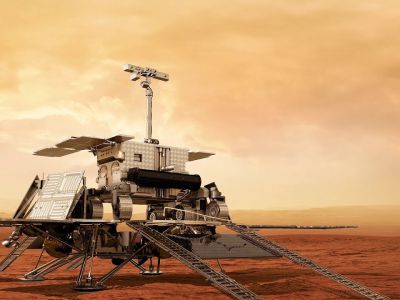
CAPE CANAVERAL, FL – In light of ongoing problems with the complex parachute landing system and travel restrictions caused by the spreading coronavirus pandemic the joint European/Russian ExoMars rover/lander mission scheduled for launch to Mars this summer has been postponed two years to 2022.
“The European Space Agency (ESA) and the Roscosmos Space Corporation have decided to postpone the launch of the second ExoMars mission to study the Red Planet to 2022,” ESA said in a statement released today following a joint high level meeting.
ExoMars is a joint cooperation between the European Space Agency (ESA) and the Russian Space agency, Roscosmos and comprises the European-led rover named ‘Rosalind Franklin’ after a distinguished British scientist involved in determining the structure of DNA and the Russian-led surface science landing platform named ‘Kazachok’ after a folk dance.
The ‘Kazachok’ landing platform will transport the solar powered ‘Rosalind Franklin’ rover to the Red Planet’s surface and both will be outfitted with science instruments to study the fourth planet from the sun and search for signs of life, past or present.
Because there is not enough time to fully test out the parachute system and safely and robustly resolve the multiple outstanding issues the ExoMars rover will have to wait until the next launch opportunity to the Red Planet opens.
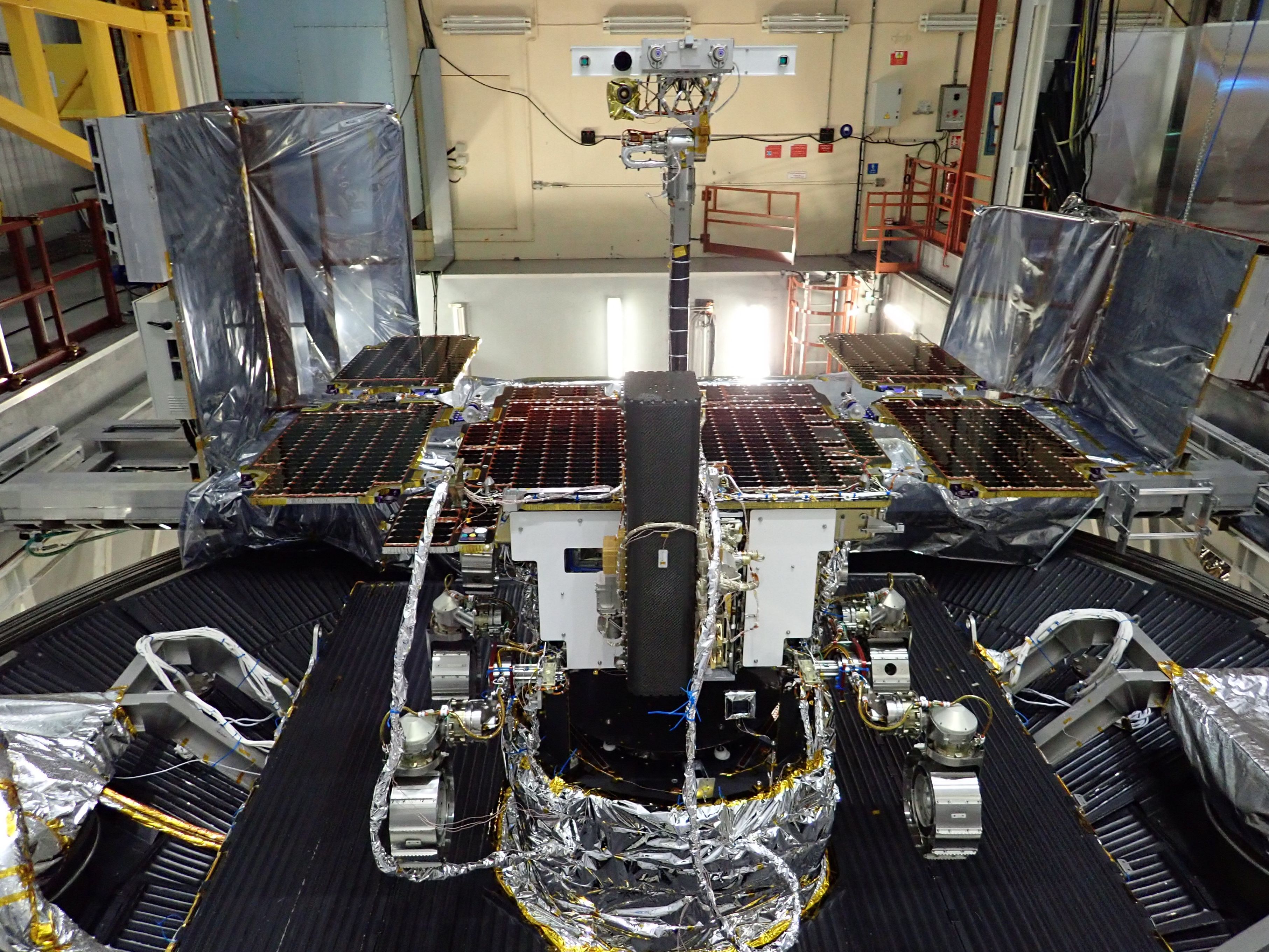
After earlier parachute test failures last year ESA brought in experts from NASA’s Jet Propulsion Laboratory. They determined the issues were with the main parachutes.
Although the latest ExoMars parachutes dynamic extraction tests have been completed successfully at NASA’s Jet Propulsion Laboratory, further tests of the main parachutes involving two final high-altitude drop tests will not be run until late March in Oregon, US.
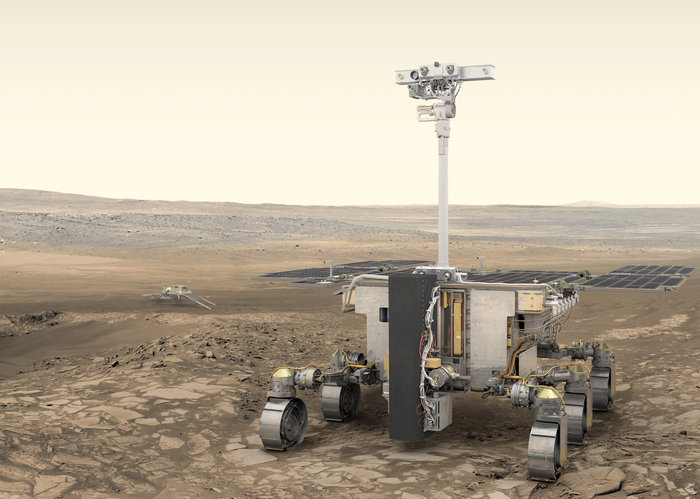
Due to celestial mechanics launch opportunities from Earth to Mars only arise every 26 months and last for a few weeks.
“In the frame of a dedicated meeting, ESA and Roscosmos heads Jan Wörner and Dmitry Rogozin agreed that further tests to the spacecraft with the final hardware and software are needed. In addition, the parties had to recognise that the final phase of ExoMars activities are compromised by the general aggravation of the epidemiological situation in European countries.”
The next launch opportunity opens in August 2022 runs through October 2022.
The joint endeavor will launch on a Russian Proton rocket from the Baikonur Cosmodrome in Kazakhstan
“We have made a difficult but well-weighed decision to postpone the launch to 2022. It is driven primarily by the need to maximise the robustness of all ExoMars systems as well as force majeure circumstances related to exacerbation of the epidemiological situation in Europe which left our experts practically no possibility to proceed with travels to partner industries. I am confident that the steps that we and our European colleagues are taking to ensure mission success will be justified and will unquestionably bring solely positive results for the mission implementation,” said Roscosmos Director General Dmitry Rogozin.
“We want to make ourselves 100% sure of a successful mission. We cannot allow ourselves any margin of error. More verification activities will ensure a safe trip and the best scientific results on Mars,” said ESA Director General Jan Wörner.
“I want to thank the teams in industry that have been working around the clock for nearly a year to complete assembly and environmental testing of the whole spacecraft. We are very much satisfied of the work that has gone into making a unique project a reality and we have a solid body of knowledge to complete the remaining work as quickly as possible.”

ExoMars will be the first mission to search for signs of life at depths up to two metres below the martian surface, where biological signatures of life may be uniquely well preserved.
The primary goal of the mission is to determine if there has ever been life on Mars, and to better understand the history of water on the planet.
The ExoMars Rosalind Franklin rover includes a drill to access the sub-surface of Mars up to a depth of to meters as well as a miniature life-search laboratory kept within an ultra-clean zone.
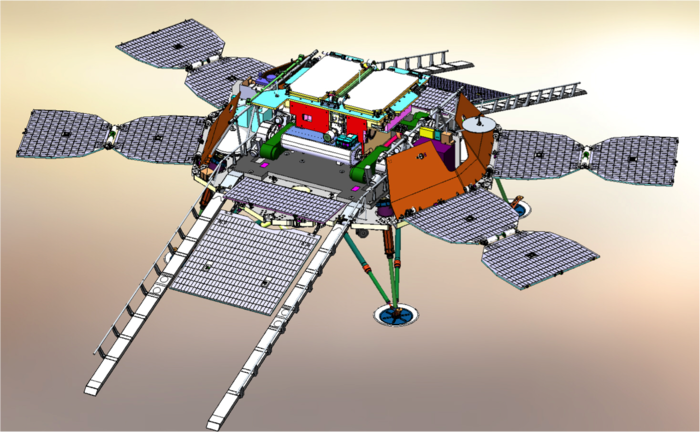
Meanwhile NASA continues with preparations for an on time launch of their Mars 2020 rover – recently named Perseverance by 7th grader Alex Mather. Read our story.
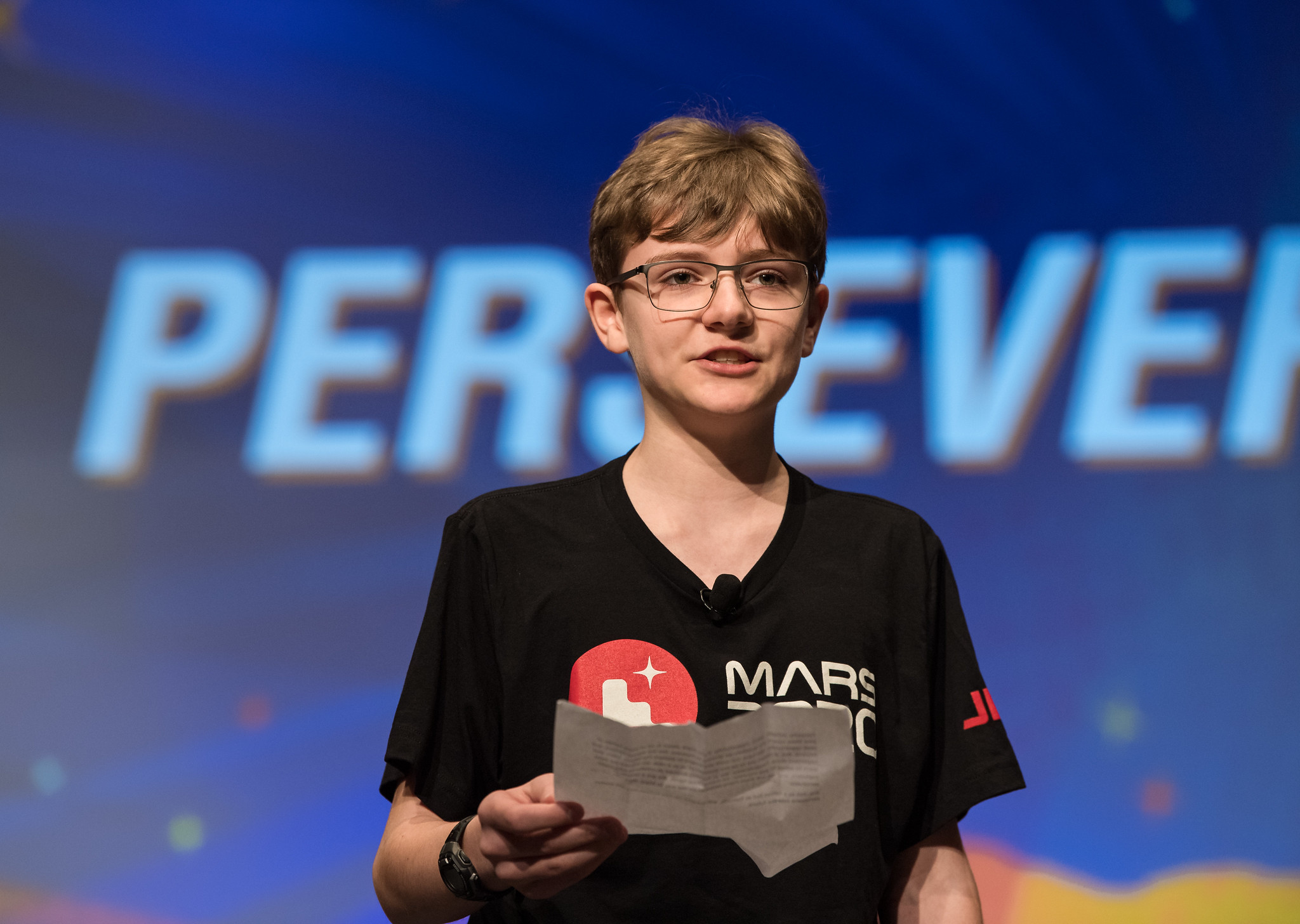
Watch Ken’s continuing reports about Mars 2020 and onsite for live reporting of upcoming and recent ULA and SpaceX launches including Solar Orbiter, In-Flight Abort and Starlink at the Kennedy Space Center and Cape Canaveral Air Force Station.
Stay tuned here for Ken’s continuing Earth and Planetary science and human spaceflight news: www.kenkremer.com –www.spaceupclose.com – twitter @ken_kremer – email: ken at kenkremer.com
Dr. Kremer is a research scientist and journalist based in the KSC area, active in outreach and interviewed regularly on TV and radio about space topics.
………….
Ken’s photos are for sale and he is available for lectures and outreach events
Ken has created hundreds of widely published Mars rover mosaics and lectures also about NASA’s Mars rovers
Ken’s upcoming outreach events:
Mar 13 7 PM; Quality Inn Kennedy Space Center, Titusville, FL. “SpaceX CRS-20, IFA and Starlink launch, ULA Solar Orbiter launch.” Free. In hotel lobby. Photos for sale




